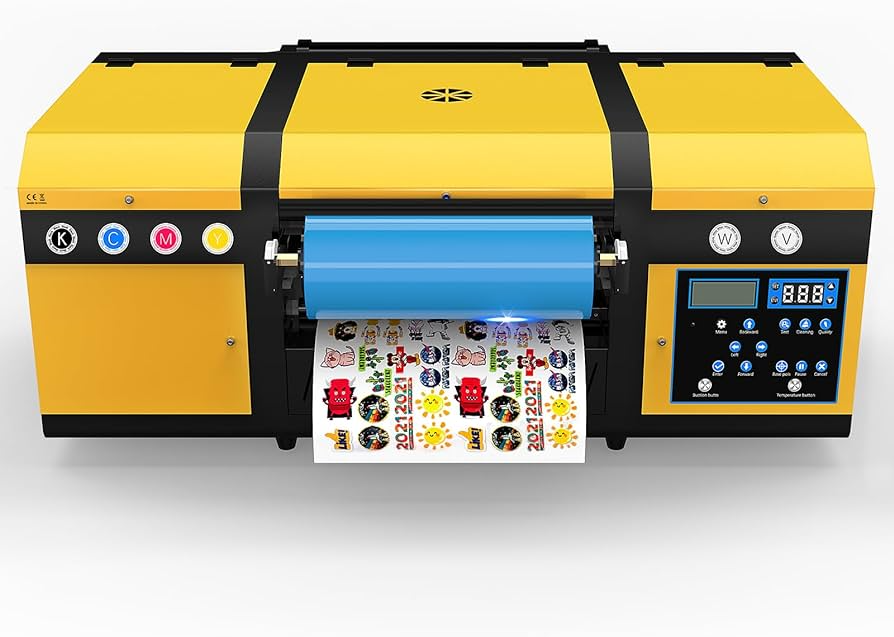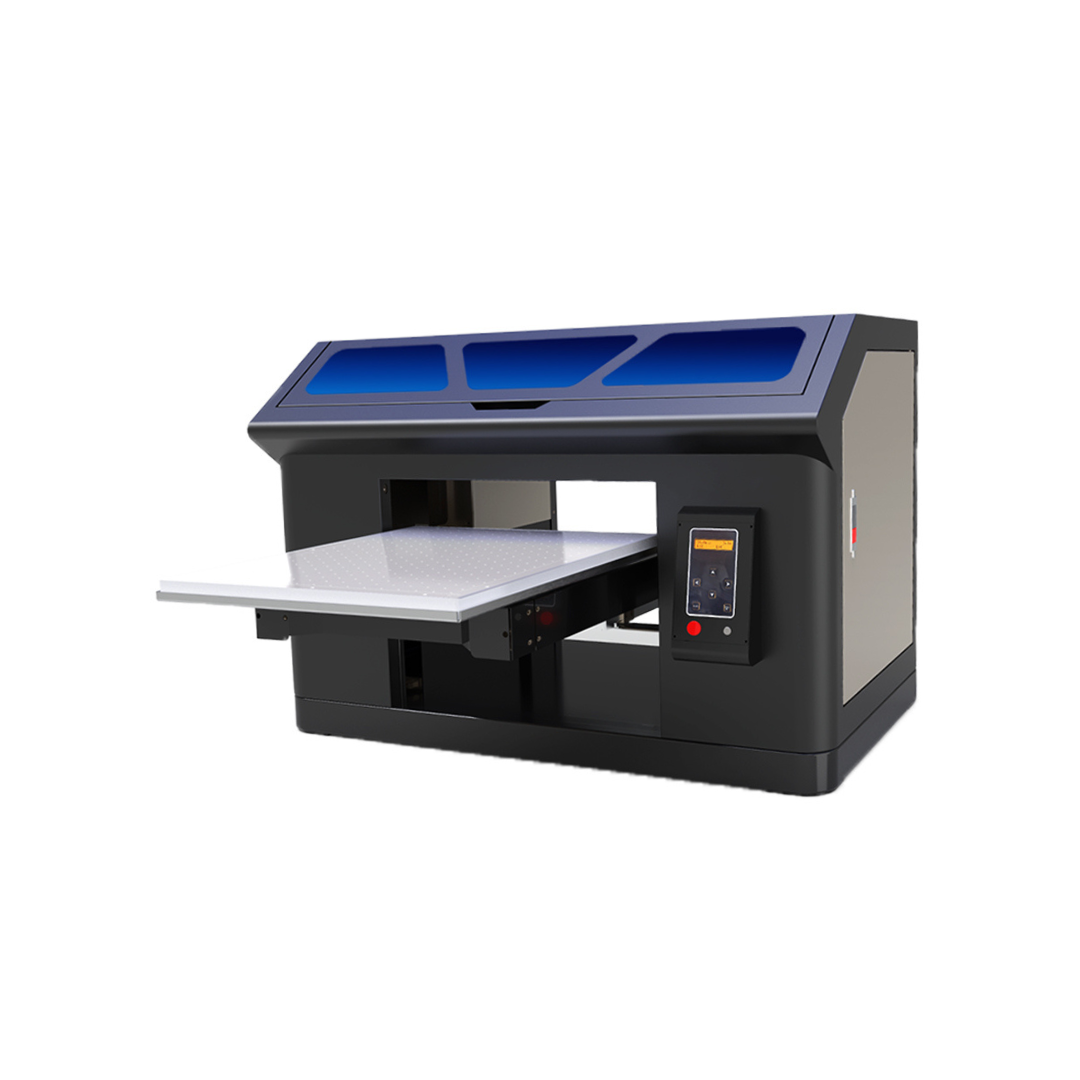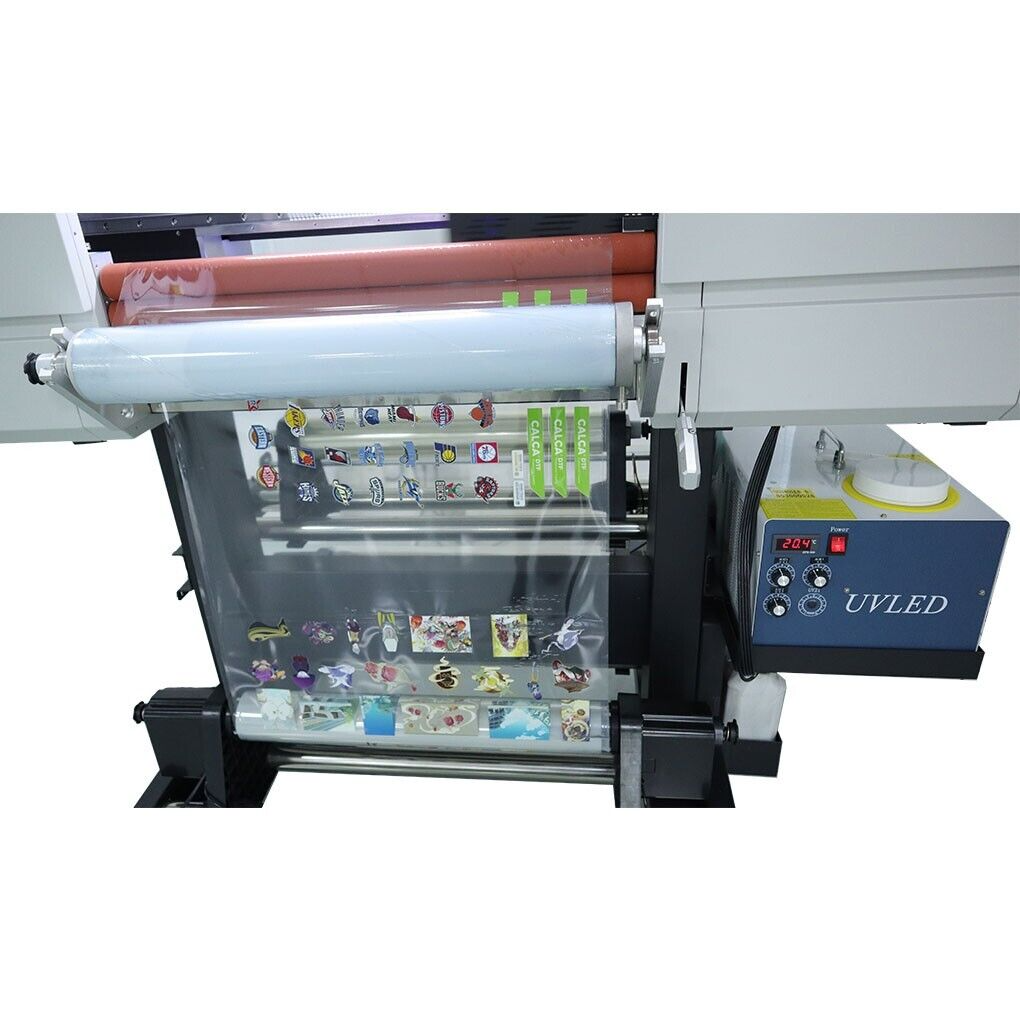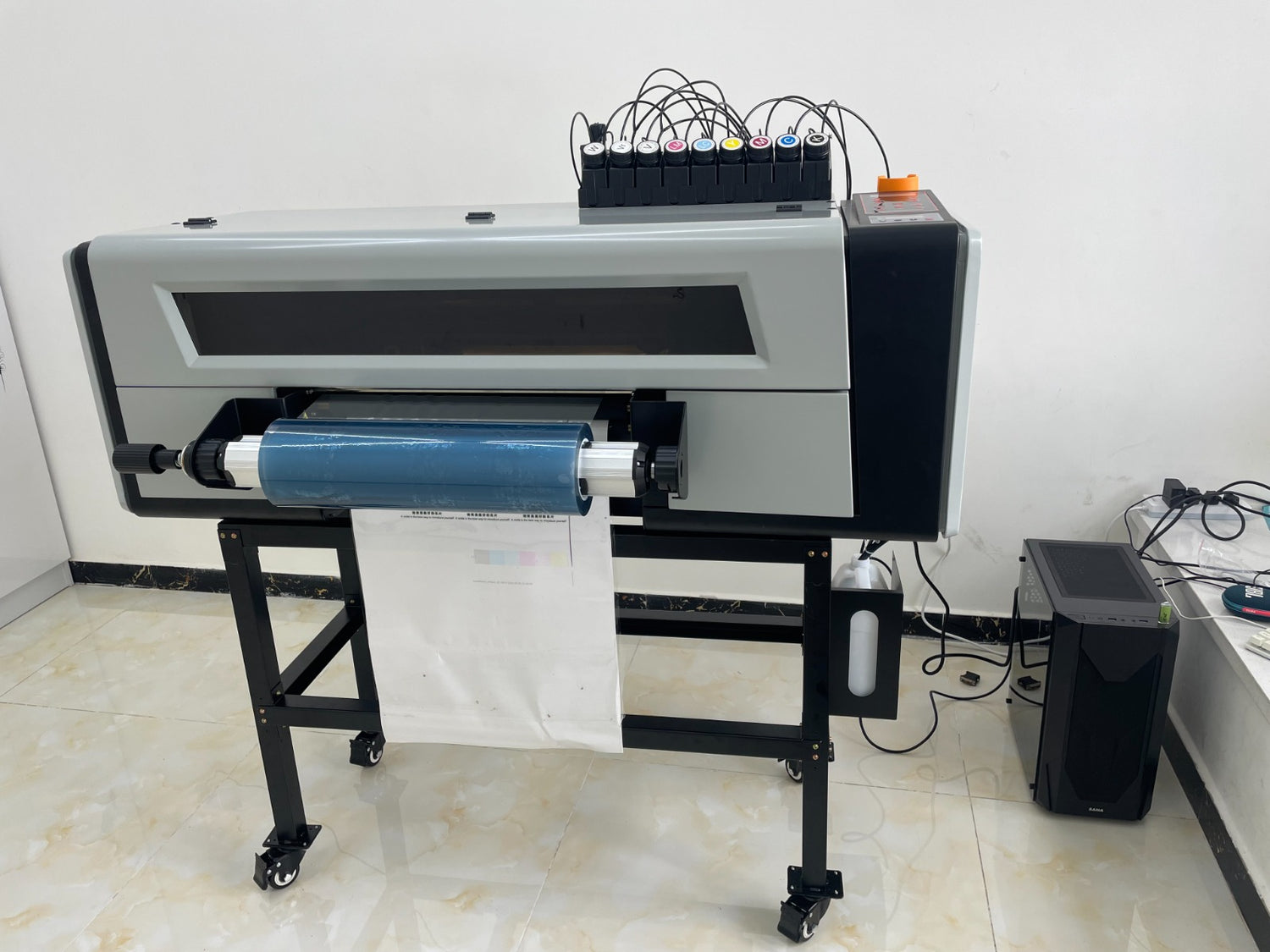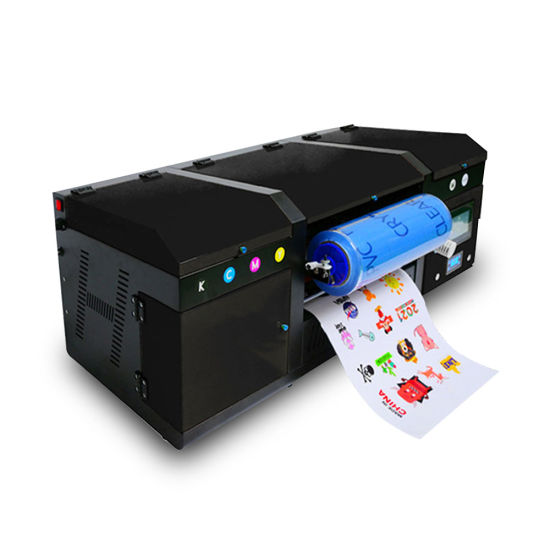The world of digital printing has seen significant advancements in recent years, with one technology standing out as a game-changer: UV DTF (Direct to Film) printers printing. This innovative method combines the best aspects of traditional printing techniques with cutting-edge UV curing technology, opening doors to new possibilities for customization, flexibility, and efficiency in the printing industry.
Understanding the Basics of UV DTF Printing
UV DTF (Direct to Film) printing is an innovative printing technology that has gained popularity in recent years, especially for its versatility and high-quality output in customization and personalized printing applications. This method involves printing designs directly onto a transfer film using UV-curable inks, which are then transferred onto various substrates. Here’s a breakdown of the basics to help you understand how UV DTF printing works:
1. UV-Curable Inks
The core of UV DTF printing lies in the use of UV-curable inks. These inks contain photo-initiators that, when exposed to ultraviolet light, trigger a chemical reaction causing the ink to dry or ‘cure’ almost instantly. This results in prints that are not only smudge-proof and waterproof but also have excellent color vibrancy and durability.
2. Direct to Film Printing
In contrast to traditional DTG (Direct to Garment) printing, where designs are printed directly onto the fabric, UV DTF printing first prints the design onto a specialized transfer film. This film is typically made from a material that can effectively receive the ink and later release it onto the final substrate during the transfer process.
3. White Ink Layering
One significant advantage of UV DTF is its ability to print a separate white layer under the colored inks. This is crucial for printing on dark or transparent materials, as the white base ensures colors appear bright and vivid. The printer can apply this white layer with precision, allowing for intricate designs and fine details on the final product.
4. Film Cutting and Weeding
After the ink has cured, the printed film goes through a cutting process using a vinyl cutter or laser cutter. The machine precisely cuts out the design, often with a small border (known as a “weed”), making it ready for transfer. The excess film around the design is removed manually in a process called weeding.
5. Heat Transfer
The final step involves transferring the cut-out design from the film onto the desired substrate. Using a heat press, the film with the printed image is placed onto the substrate (such as a t-shirt, mug, phone case, or any other suitable surface) and subjected to heat and pressure. The heat activates the adhesive properties of the ink, bonding it to the substrate while the film is peeled away, leaving behind only the printed design.
Advantages of UV DTF Printing:
- Versatility: It can be used on a wide range of materials, including textiles, plastics, ceramics, metals, and more.
- Fine Detail: Capable of producing highly detailed and precise prints.
- Durability: UV-cured inks result in long-lasting prints that are resistant to fading, water, and scratches.
- Cost-Effective for Small Runs: Ideal for short production runs and one-off customizations due to lower setup costs compared to screen printing.
Flexibility and Versatility Unmatched
A major selling point of UV DTF technology is its unmatched versatility when it comes to substrate choices. Once the image is printed and cured onto the film, it can be heat-transferred onto a wide array of materials, including textiles, plastics, metals, ceramics, and even curved or uneven surfaces. This opens up endless opportunities for personalization, from custom apparel and accessories to promotional items and interior decor.
Beyond Traditional Substrates
UV DTF printers go beyond traditional printing substrates by allowing users to decorate items where direct printing is challenging or impossible. Imagine intricate designs flawlessly transferred onto phone cases, personalized mugs, or even automotive parts. This flexibility makes UV DTF a preferred choice for businesses looking to offer bespoke products without limitations.
Precision and Detail Retention
The resolution achievable with UV DTF printers is another factor setting it apart. High-resolution prints with fine details and vivid colors are made possible due to the precision of inkjet technology combined with the high-quality UV-curable inks. This means that even the most intricate designs, including photographs and complex graphics, retain their clarity and sharpness in the final product.
Advancements in Color Gamut
With the evolution of UV inks, color gamut has expanded significantly, allowing for a broader range of colors to be accurately reproduced. This is particularly important for industries like fashion and art, where color fidelity is paramount to maintaining the integrity of the design.
Cost-Efficiency and Production Speed
From a business standpoint, UV DTF printing presents an attractive option due to its cost-effectiveness and efficiency. The ability to print on demand reduces waste and storage needs compared to traditional printing methods that require large inventory stocks of pre-printed materials. Moreover, the rapid curing process speeds up production, allowing for quick turnaround times on orders, enhancing customer satisfaction and profitability.
Scalability and Investment Returns
Investing in a UV DTF printer can quickly yield returns due to its scalability. As demand grows, businesses can easily increase production without sacrificing quality or incurring substantial additional costs associated with setup or material waste.
Environmental Considerations
In an era where sustainability is a top priority, UV DTF printing offers a more eco-friendly alternative. The absence of solvents in UV inks reduces VOC (Volatile Organic Compound) emissions, making the process safer for the environment and operators. Furthermore, the efficiency of the process minimizes waste, aligning with global green initiatives.
A Step Towards Sustainable Printing Practices
By adopting UV DTF printing, businesses contribute to reducing the carbon footprint of the printing industry. This technology supports circular economy principles by facilitating the use of recyclable substrates and minimizing waste generation throughout the production cycle.
Conclusion: The Future is Here with UV DTF Printers Printing
In conclusion, UV DTF printing technology represents a significant leap forward in the realm of digital printing. Its combination of versatility, precision, efficiency, and environmental friendliness sets a new benchmark for customization and production standards. As the technology continues to evolve, it’s poised to reshape industries, enabling businesses to cater to individual customer preferences while maintaining a competitive edge in a rapidly changing market. For those seeking to harness the future of printing, exploring the capabilities of UV DTF technology is a journey well worth embarking upon.
